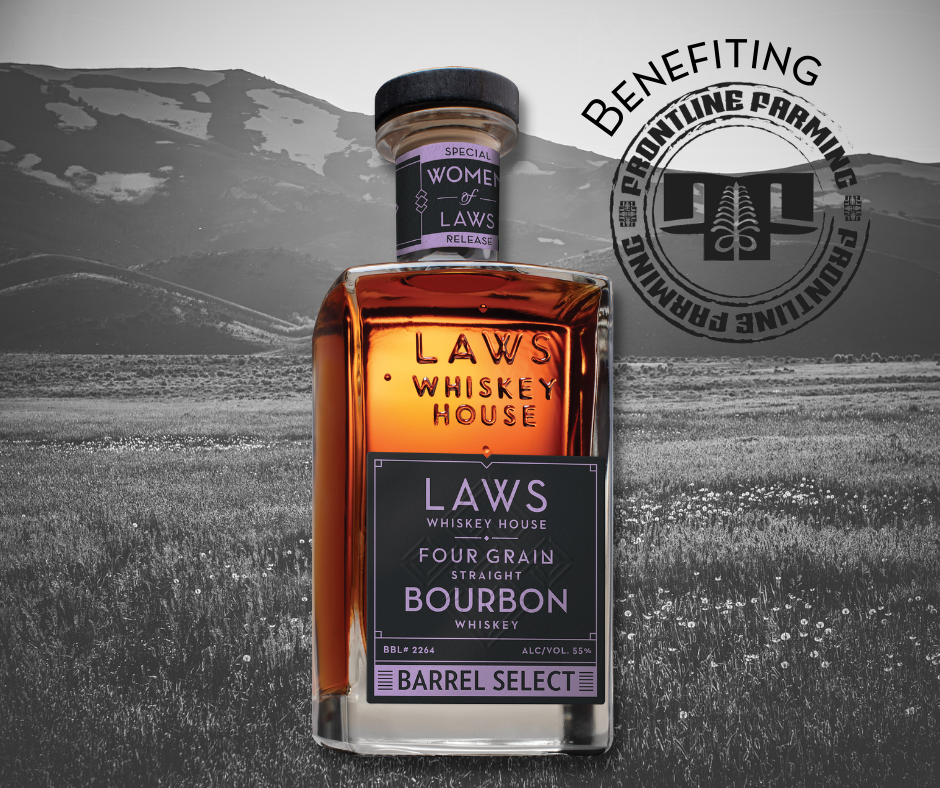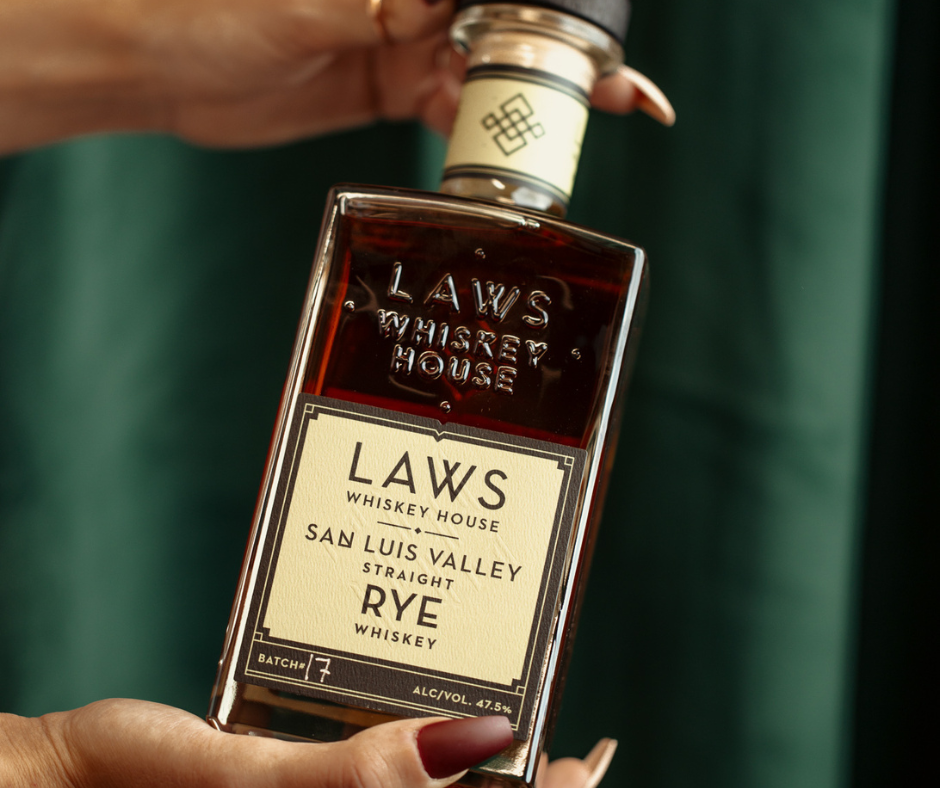Harvest Report – 2020
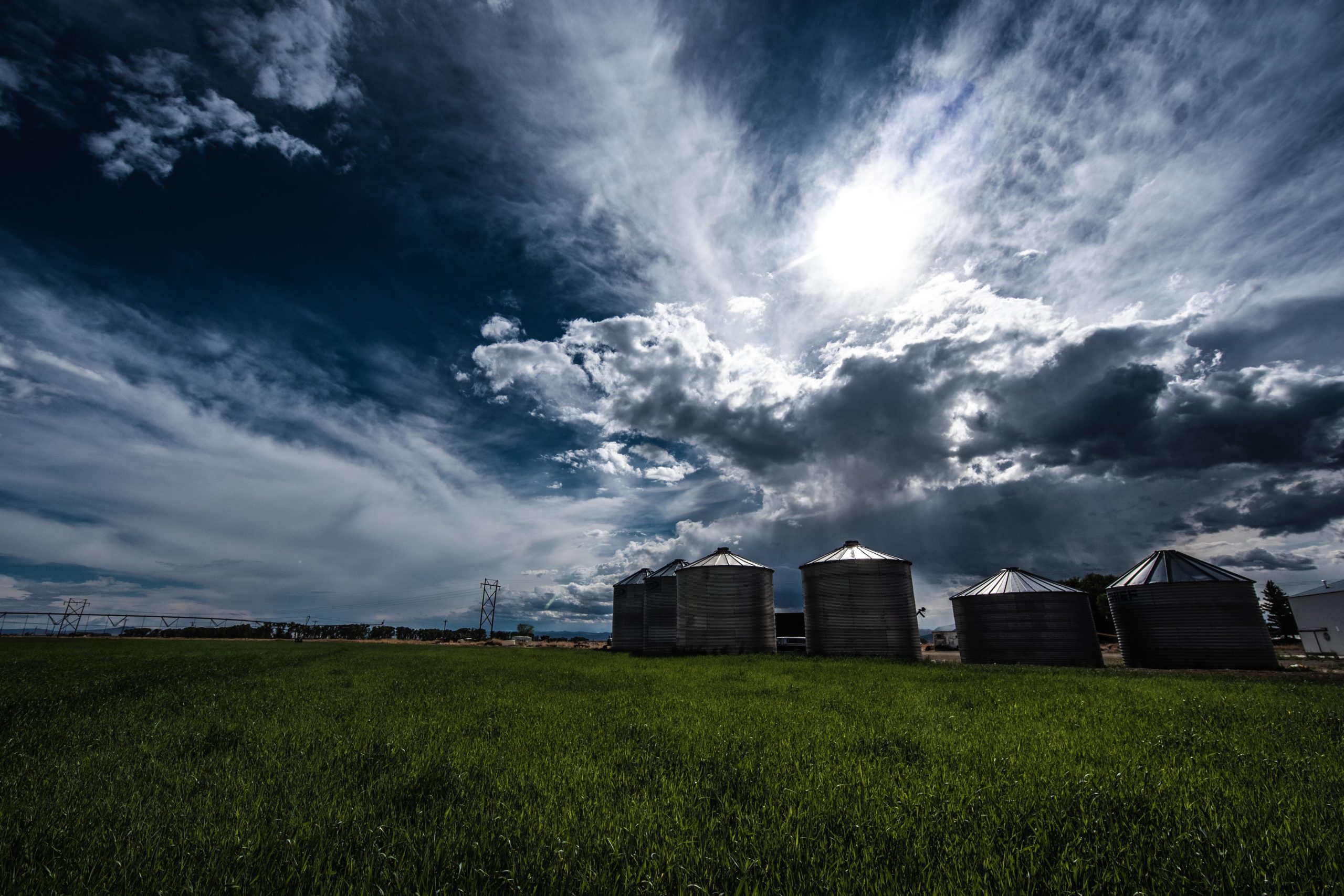
Colorado Grown Corn, Rye, Wheat and barley
The long-awaited 2020 harvest season is upon us and we couldn’t be happier. Days are cooling down, farmer’s markets are showcasing their bounties and restaurants are offering the freshest finds from local producers. But the thing that really gets us going is the conversations and reports from our farmers about the corn, rye, wheat and barley that they are harvesting and we will soon be distilling for our whiskeys. Below is a brief 2020 harvest report on the four mother grains that make up all of Laws Whiskey e
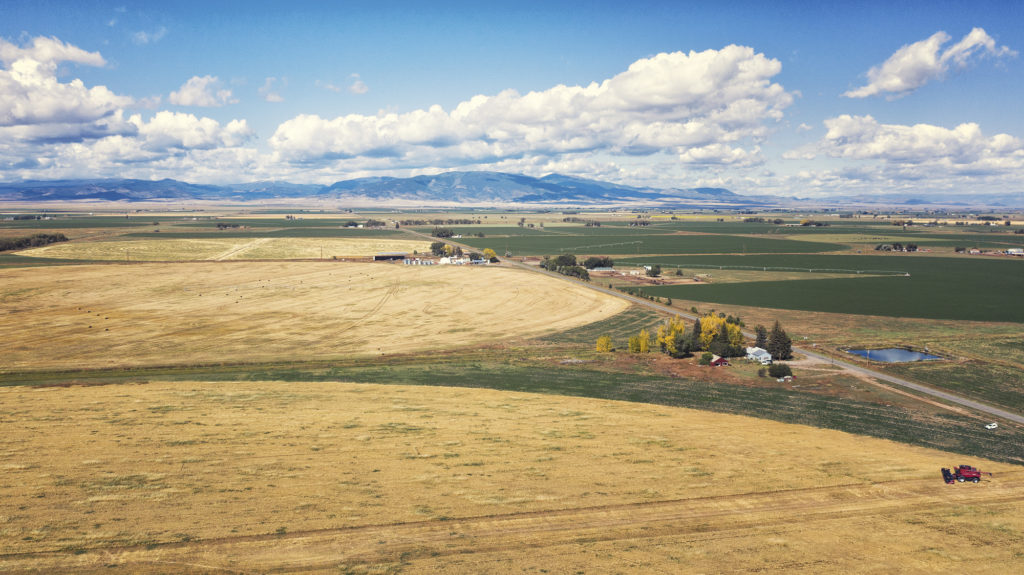
San Luis Valley (SLV) Rye – We use a semi-wild rye grain that is indigenous to Colorado’s San Luis Valley and has been passed down through three generations of farmers at the Cody Family Farm in Alamosa, CO. The Cody’s plant the seeds in October and work to get them to sprout before winter hits. “The cold stresses out the plant and helps it thrive in the springtime,” explains Josh Cody. “It’s a critical step in the process of growing this rye.” Fast forward to summer, the hot days and cold nights in this high-altitude mountain valley make this rye flourish. Add in some sheep grazing and field composting and you have the perfect environment to grow this heirloom grain.
The 2020 San Luis Valley Rye harvest yielded about 500,000 lbs of grain. That’s is a slight increase from the 2019 harvest, but that is far from the most important factor for us. The Cody’s are reporting a lower protein level in the grain from this harvest, and that is good for distilling. “Rye whiskey is tough to make. When protein levels are high it creates a gooey and sticky mash leading to an angry and foamy fermentation.” Says Al Laws of Laws Whiskey House. “Protein levels in a manageable range for distilling are always welcome.”
Rye whiskey is tough to make. When protein levels are high it creates a gooey and sticky mash leading to an angry and foamy fermentation
Al Laws, Laws Whiskey House
San Luis Valley Rye is a unique grain that delivers a complexity in aromatics and flavors compared to other rye grains that are commercially grown. “It’s a variety of rye that grows only here, that flourishes only here”, explains Josh Cody. “It’s changed the world”. We couldn’t agree more. To learn a little more about this special grain, watch this video.
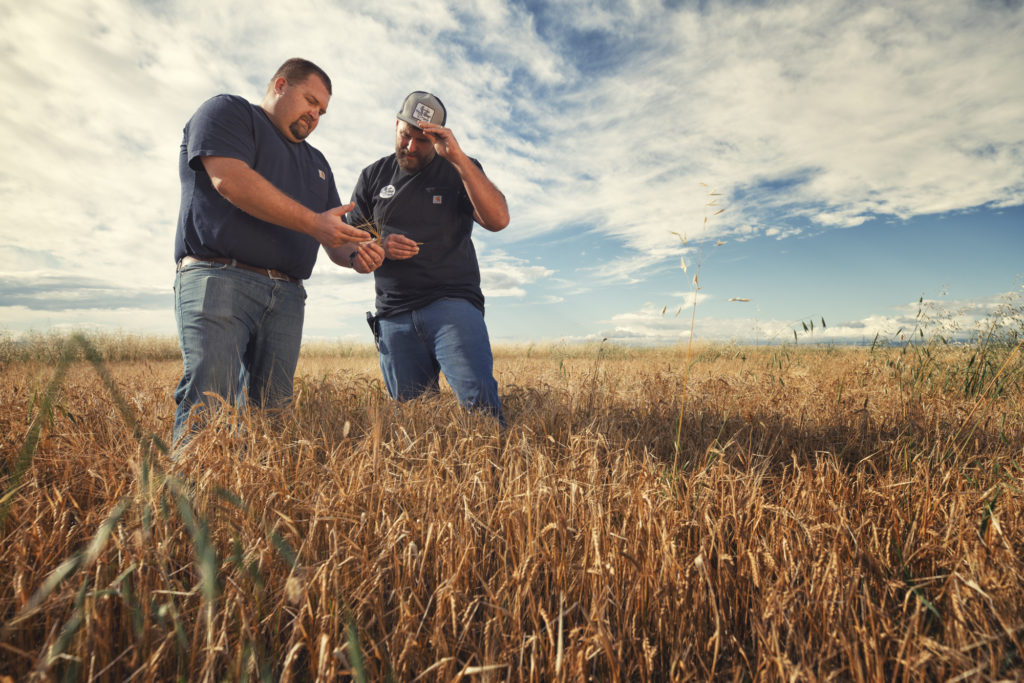
Soft White Centennial Wheat – This grain is a key ingredient for our Four Grain Straight and Bonded Bourbons as well as our Centennial Bonded Wheat Whiskey. Also grown in the San Luis Valley by the Cody Family, this is not the everyday wheat grain that is grown in the United States. “These days farmers are growing more “hard” wheat because of the elevated protein content desired for making bread,” says Cody. “Very few farmers are interested in growing soft white wheat these days.” Again, lower protein grains are better for distilling and this grain is perfect for our whiskeys. The
Scarlet Two-Row Barley – The barley in our Malt Whiskey was literally kept from extinction. While commercial farmers found it too low yield, Wayne Cody found its unstripped
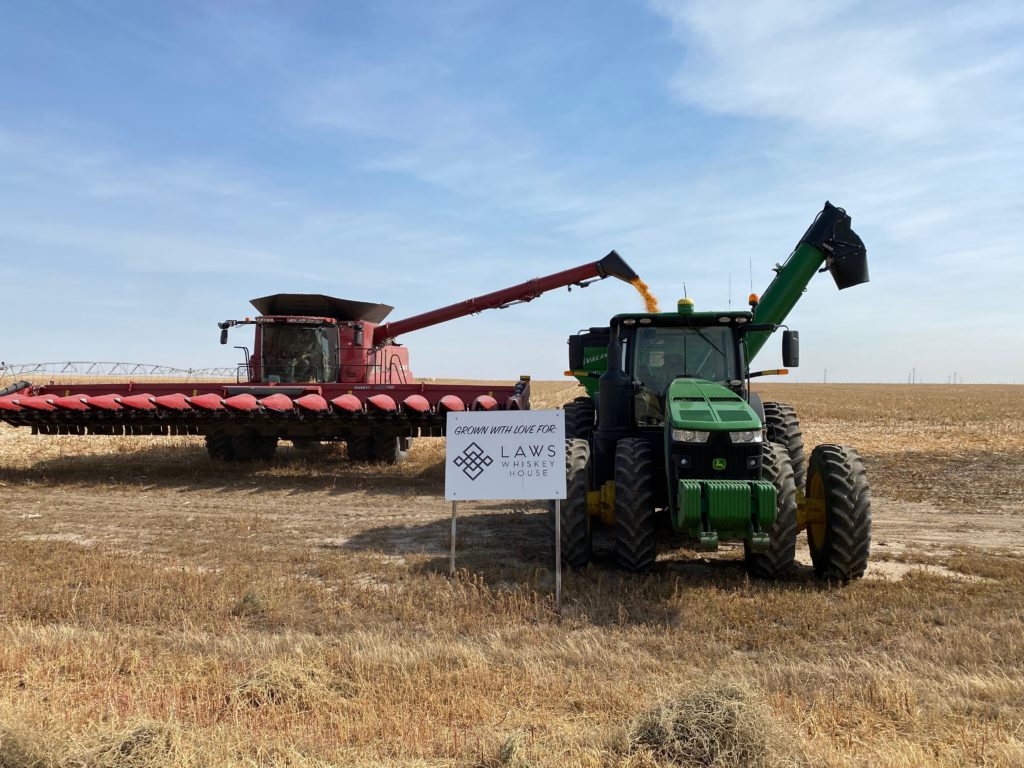
#1 Dent Yellow Corn – Much like all things in 2020, farming has been crazy and unpredictable due to lack of moisture, unusual heat waves and let’s not forget a very early Colorado snowstorm in early September. All things our partners at Whiskey Sisters Supply and their farmers had to endure. Settled in the far eastern plains in their hometown of Burlington near the Colorado/Kansas border, the Ohnmacht family knows a thing or two about growing corn. They were fortunate enough to have all the grain that they provide to distilleries planted on irrigated circles (somewhat like sprinkler systems for lawns) and that means the farmers are less impacted by these conditions. “Our circle of corn for Laws Whiskey has been harvested and stored while it waits to be cooked up into your favorite Bourbon,” Says Felicia Ohnmacht of Whiskey Sisters Supply, “we are grateful for our farmers for all the hard work to make it a bountiful harvest.”

